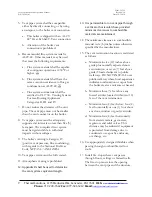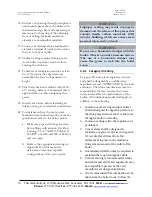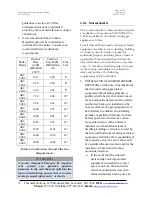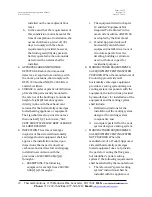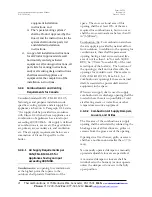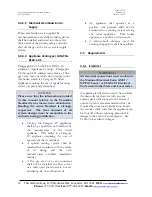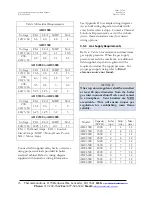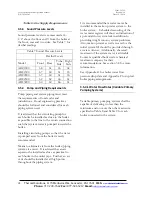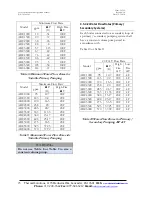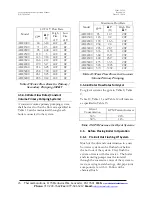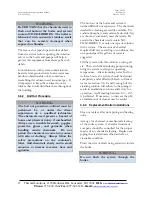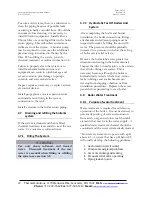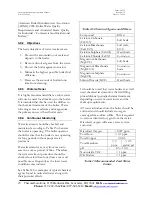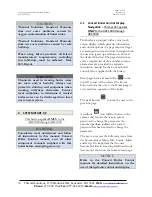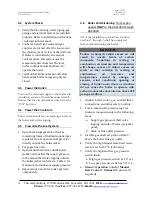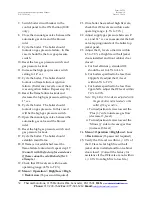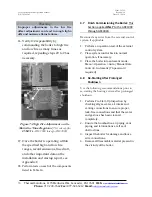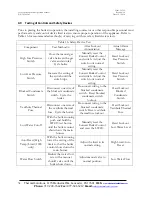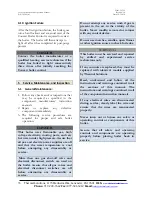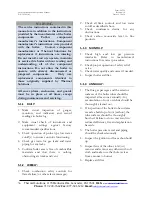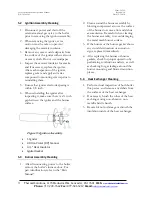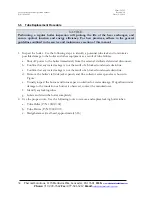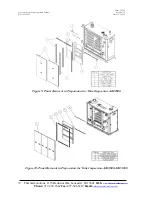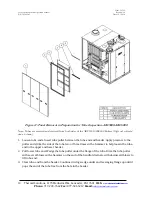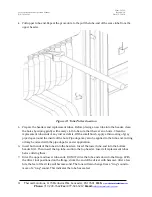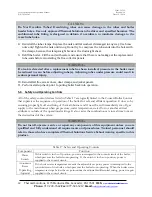
Form: 2435-3
Arctic Installation and Operation Manual
Revision: 10
P/N 105641-01
Date: 12-1-2018
Thermal Solutions, 1175 Manheim Pike, Lancaster, PA 17601
Web:
Phone:
717-239-7642
Fax:
877-501-5212
Email:
27
WARNING
Be CERTAIN that the chemicals used to
flush and boil-out the boiler and system
contain NO CHLORIDES. The boiler is
fabricated with austenitic stainless steels
that can be severely damaged when
exposed to chlorides.
The removal of pipe chips and other debris
from the system before opening the isolation
valves to the boiler and pumps will help to
protect this equipment from damage by such
debris.
In combination with system contamination,
bacteria from ground water boiler water may
produce objectionable odors, sometimes
resembling the odorant used in natural gas. It
is important to keep these fumes from air
intakes that would distribute them throughout
the building.
3.6.2
Boil Out Procedure
WARNING
The boil out procedure outlined must be
performed by, or under the direct
supervision of, a qualified technician.
The chemicals used present a hazard of
burns and physical injury if mishandled.
Always use a suitable facemask, goggles,
protective gloves, and garments when
handling caustic chemicals. Do not
permit the chemical to come into contact
with skin or clothing. Always follow the
safety precautions on the container's
label. Add chemicals slowly and in small
amounts to prevent excessive heat and
agitation.
The boil out of the boiler and system is
neither difficult nor expensive. The chemicals
needed for cleaning are readily available. Tri-
sodium phosphate and sodium hydroxide (lye)
are the most commonly used chemicals. Be
certain the chemicals used contain NO
CHLORIDES. Use only one type of solution
in the system. The amount of chemical
required will vary according to conditions, but
one pound per fifty gallons of water is
suggested.
Fill the system with this solution, venting all
air. Then, with the circulating pump running,
bring the system to design or operating
temperature. After circulating water for two
to three hours, the system should be drained
completely, and refilled with fresh, softened
water see section 3.8. Usually enough of the
cleaning solution will adhere to the piping to
result in an alkaline solution satisfactory for
operation. A pH reading between, 8.3 – 10.5
is preferred. If necessary, to increase the pH,
a small amount of cleaner may be added.
3.6.3
Replacement Boiler Installations
Clean or replace all system piping and heating
units.
Arrange for chemical or mechanical cleaning
of the entire system. A chemical treatment
company should be consulted for the proper
means of any chemical cleaning. Replace any
piping that is deteriorated beyond safe or
cleanable condition.
Flush the system clean, being certain to isolate
the boiler.
WARNING
Do not flush the system through the
boiler.





